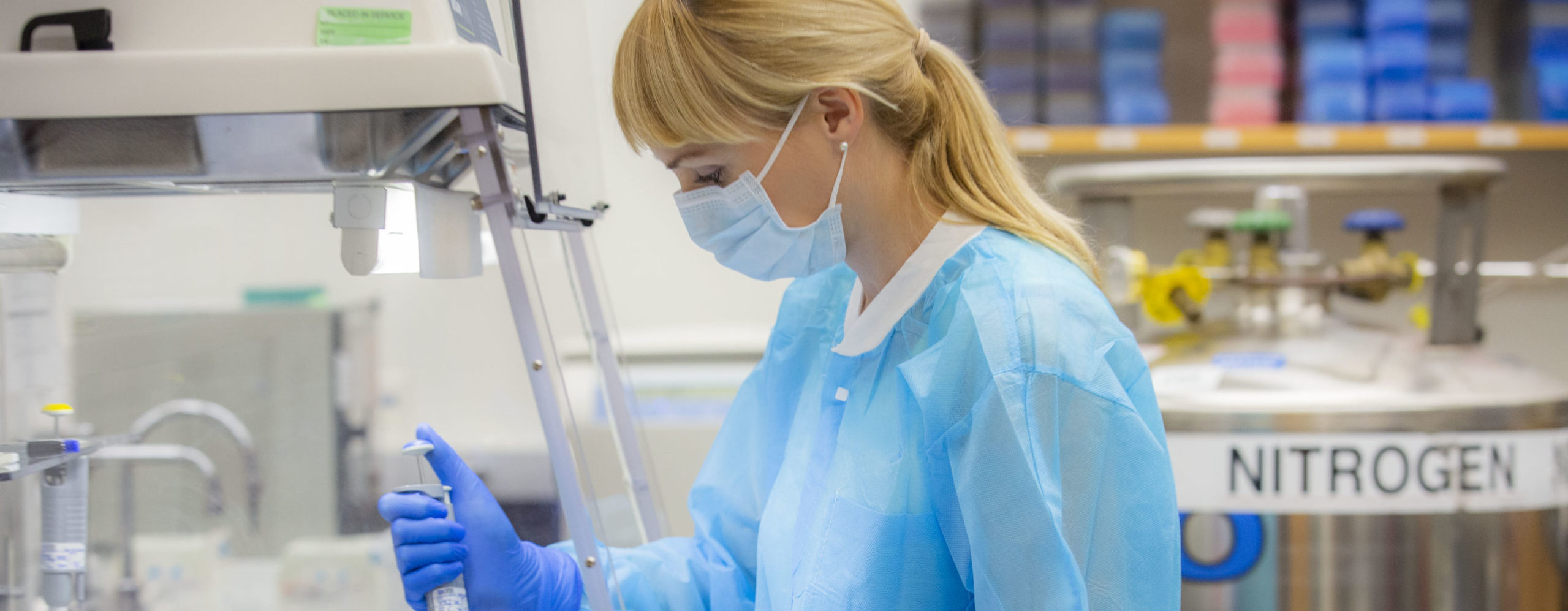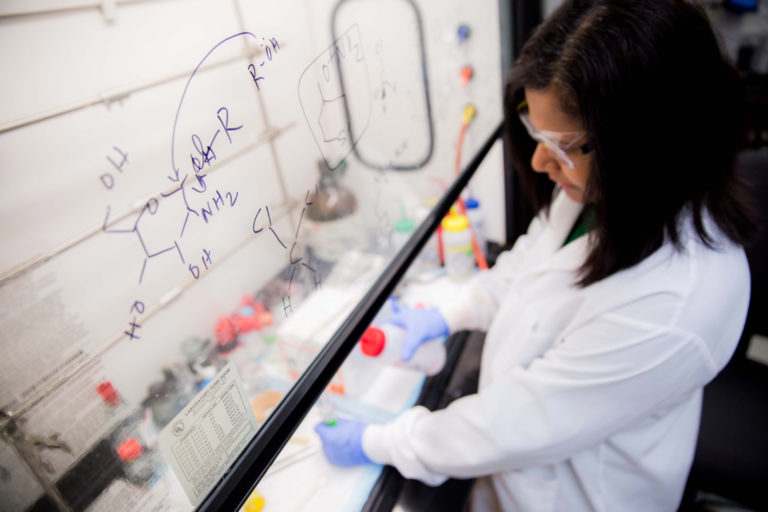Exploring the Science Behind Osteopathic Manipulation and Its Benefits
Osteopathic manipulation is gaining interest as a complementary way of old-fashioned healthcare, giving revolutionary answers to many different bodily ailments. But what exactly is osteopathic adjustment, and how does it benefit patients? By combining hands-on techniques and a holistic knowledge of the human body, this kind of treatment is rooted in both science and philosophy, seeking to revive balance and increase overall function. That website examines the primary axioms of what is osteopathic manipulative treatment and its scientifically-backed benefits.

What Is Osteopathic Adjustment? Osteopathic Manipulative Treatment (OMT) is just a hands-on strategy utilized by osteopathic physicians to identify, handle, and reduce ailments or injuries. It's on the basis of the concept that the body's techniques are interconnected and that dilemmas within one area can impact the entire body. By utilizing practices such as for instance extending, delicate force, and combined adjustment, osteopathic physicians work to improve your body's organic ability to recover itself. Definately not being a new tendency, the exercise has a basis in established science. Reports demonstrate that OMT may improve range of motion, reduce suffering, and handle musculoskeletal issues. Based on the National Center for Complementary and Integrative Health (NCCIH), approximately 11% of Americans with persistent suffering record applying some type of osteopathic or manual therapy. The Important Advantages of Osteopathic Manipulation 1. Suffering Aid One of the most recognized benefits of osteopathic manipulation is its ability to alleviate pain. Overview of numerous studies printed in the Record of the National Osteopathic Association unearthed that OMT is specially effective for lower back pain. About 70% of people skilled substantial pain reduction after integrating osteopathic methods within their treatment plans. 2. Improved Mobility Individuals with restricted mobility or combined problems also gain greatly from OMT. By carefully stretching and influencing the human body, practitioners may improve shared freedom and over all functionality. That is particularly significant for people dealing with injuries or surgeries. 3. Tension Decrease Osteopathic manipulations usually interact the worried program, promoting rest and reducing pressure levels. Chronic strain in places just like the shoulders or throat may be addressed through targeted treatment, providing equally bodily and intellectual relief. 4. Frustration Administration Reports suggest that specific types of headaches, particularly tension complications, can be successfully maintained with osteopathic techniques. By easing muscle anxiety and improving body flow, practitioners lessen the frequency and depth of headaches. What Science Claims About OMT Though some might view holistic remedies skeptically, osteopathic treatment has solid support in research. Like, a examine in Spine diary reported that OMT paid off persistent lower back suffering by almost 50% in a lot of players within 12 weeks. Additionally, a clinical test in the New Britain Diary of Medicine outlined their efficiency in lowering clinic keeps and treatment reliance for individuals with respiratory problems like pneumonia. These data show that OMT presents sensible medical advantages and complements mainstream treatments. Their rising acceptance talks to its efficacy and confidence among healthcare specialists and individuals alike.

The Future of Osteopathic Manipulation Having an increasing focus on integrative and individualized healthcare, osteopathic manipulation marks an essential stage toward patient-centric treatment. Its scientifically-supported benefits combined having its hands-on approach allow it to be a practical selection for those seeking organic ways to control pain, improve flexibility, and increase overall well-being. Continuing research will further date=june 2011 its price, starting opportunities for broader approval and program throughout the healthcare system. For the time being, the research behind osteopathic adjustment proves that often, therapeutic really is in your hands.